추천 제품
생물학적 소스
fungus (mushroom)
Quality Level
양식
lyophilized powder
특이 활성도
≥1000 unit/mg solid
분자량
119.5 kDa by electrophoresis
128 kDa by sedimentation velocity diffusion
133 kDa by LS
응용 분야
diagnostic assay manufacturing
배송 상태
wet ice
저장 온도
−20°C
유사한 제품을 찾으십니까? 방문 제품 비교 안내
관련 카테고리
일반 설명
Isoelectric point (pI): 4.7-5
pH optimum is 6-7
Molecular weight: 128 kDa by sedimentation velocity diffusion; 133 kDa by light-scattering measurements, and 119.5 kDa by electrophoresis.
Tyrosinase is a copper-containing oxidase, which has activity for both catechols and cresol. It is responsible for browning reactions. The enzyme is reported to have two binding sites for aromatic substrates and a different binding site for oxygen-copper. The copper is probably Cu(I), with inactivation involving oxidation to Cu(II) ion.
pH optimum is 6-7
Molecular weight: 128 kDa by sedimentation velocity diffusion; 133 kDa by light-scattering measurements, and 119.5 kDa by electrophoresis.
Tyrosinase is a copper-containing oxidase, which has activity for both catechols and cresol. It is responsible for browning reactions. The enzyme is reported to have two binding sites for aromatic substrates and a different binding site for oxygen-copper. The copper is probably Cu(I), with inactivation involving oxidation to Cu(II) ion.
Tyrosinase is a copper-containing oxidase with activity for catechols and cresol. Tyrosinase participates in the conversion of tyrosine to dihydroxyphenylalanine (DOPA), and polymerization of DOPA leads to melanin formation. Tyrosinase has a role in browning reactions. The enzyme is said to have two binding sites for aromatic substrates and a distinct binding site for oxygen-copper.
애플리케이션
Tyrosinase activity has been assessed in a study that developed an alternative therapeutic agent for treating hyperpigmentation. Tyrosinase has also been used in a study to investigate the oculocutaneous albinism phenotype in the Pakistani population.
생화학적/생리학적 작용
Converts tyrosine to L-DOPA or tyramine to dopamine
물리적 특성
Isoelectric point (pI): 4.7-5
pH optimum is 6-7
Molecular weight: 128 kDa by sedimentation velocity diffusion; 133 kDa by light-scattering measurements, and 119.5 kDa by electrophoresis.
pH optimum is 6-7
Molecular weight: 128 kDa by sedimentation velocity diffusion; 133 kDa by light-scattering measurements, and 119.5 kDa by electrophoresis.
단위 정의
One unit = ΔA280 of 0.001 per min at pH 6.5 at 25 °C in 3 mL reaction mix containing L-tyrosine.
신호어
Danger
유해 및 위험 성명서
예방조치 성명서
Hazard Classifications
Resp. Sens. 1
Storage Class Code
11 - Combustible Solids
WGK
WGK 3
Flash Point (°F)
Not applicable
Flash Point (°C)
Not applicable
개인 보호 장비
Eyeshields, Gloves, type N95 (US)
이미 열람한 고객
Shilpi Goenka et al.
Molecules (Basel, Switzerland), 25(16) (2020-08-13)
Previous studies have reported that estrogen hormone promotes melanogenesis while progesterone inhibits it. A selective estrogen receptor modulator (SERM), tamoxifen, has been shown to promote melanogenesis; however, to date, there have been no reports on the effects of a selective
Ching-Yi Lien et al.
TheScientificWorldJournal, 2014, 409783-409783 (2014-08-20)
We investigated the kinetics of 4N-acetyl-pentapeptides, Ac-P1, Ac-P2, Ac-P3, and Ac-P4, regarding inhibition of mushroom tyrosinase activity. The peptides sequences of Ac-P1, Ac-P2, Ac-P3, and Ac-P4 were Ac-RSRFK, Ac-KSRFR, Ac-KSSFR, and Ac-RSRFS, respectively. The 4N-acetyl-pentapeptides were able to reduce the
Thomas J Jaworek et al.
Orphanet journal of rare diseases, 7, 44-44 (2012-06-28)
Oculocutaneous albinism (OCA) is caused by a group of genetically heterogeneous inherited defects that result in the loss of pigmentation in the eyes, skin and hair. Mutations in the TYR, OCA2, TYRP1 and SLC45A2 genes have been shown to cause
Tyrosinase inhibitory effects and inhibition mechanisms of nobiletin and hesperidin from citrus peel crude extracts.
Zhang, et al.
Journal of Enzyme Inhibition and Medicinal Chemistry, 22, 83-90 (2019)
Neda Rafat et al.
Biosensors, 11(11) (2021-11-26)
A novel, integrated experimental and modeling framework was applied to an inhibition-based bi-enzyme (IBE) electrochemical biosensor to detect acetylcholinesterase (AChE) inhibitors that may trigger neurological diseases. The biosensor was fabricated by co-immobilizing AChE and tyrosinase (Tyr) on the gold working
자사의 과학자팀은 생명 과학, 재료 과학, 화학 합성, 크로마토그래피, 분석 및 기타 많은 영역을 포함한 모든 과학 분야에 경험이 있습니다..
고객지원팀으로 연락바랍니다.
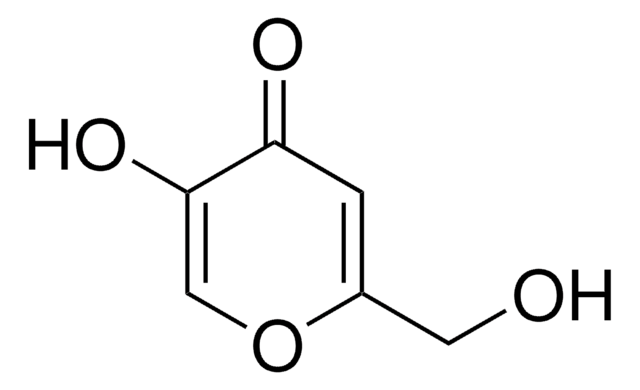

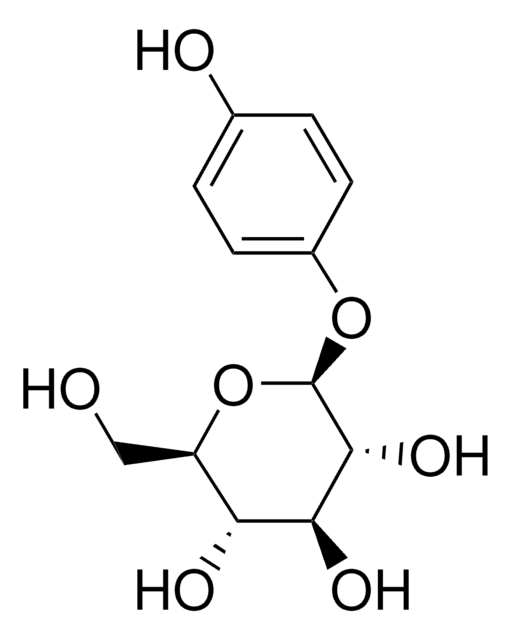
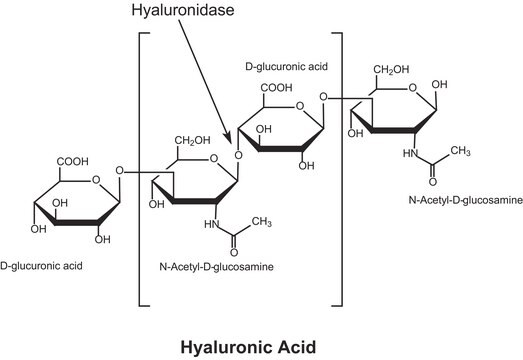
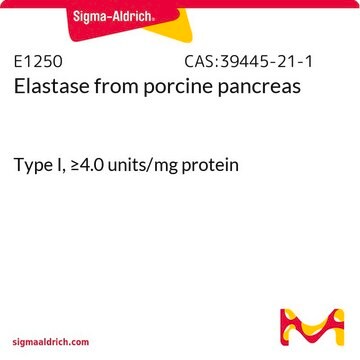

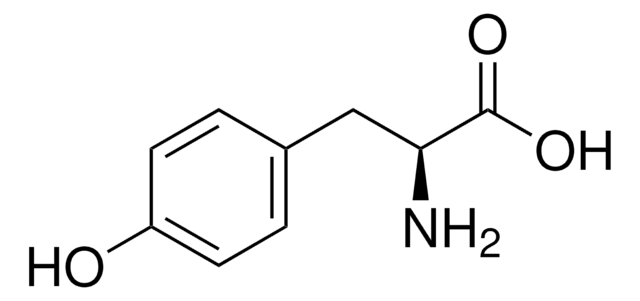

![N-[3-(2-Furyl)acryloyl]-Leu-Gly-Pro-Ala](/deepweb/assets/sigmaaldrich/product/structures/805/876/96b5fb57-71c8-4c6b-b5d2-fafe7374cd85/640/96b5fb57-71c8-4c6b-b5d2-fafe7374cd85.png)
